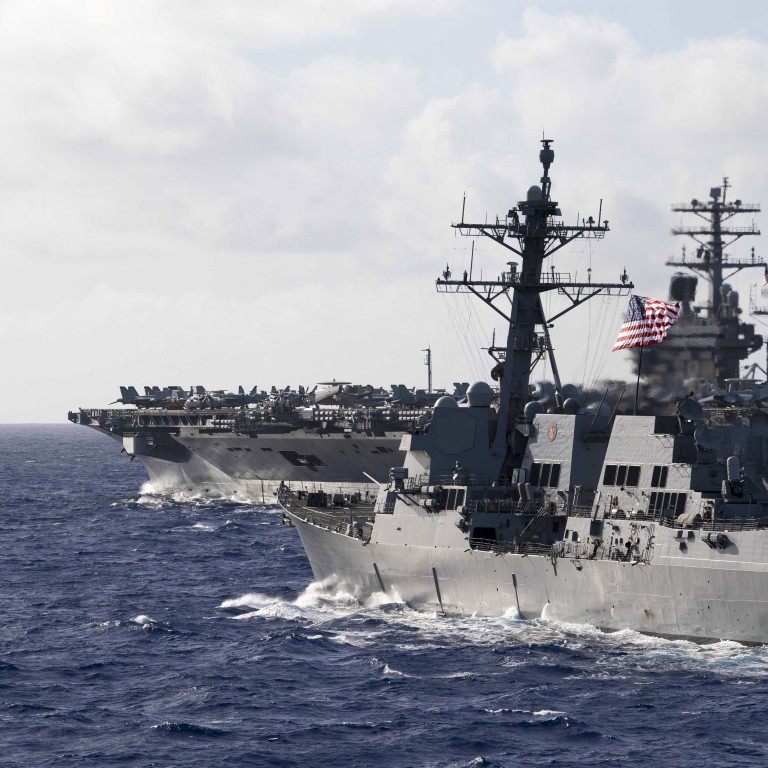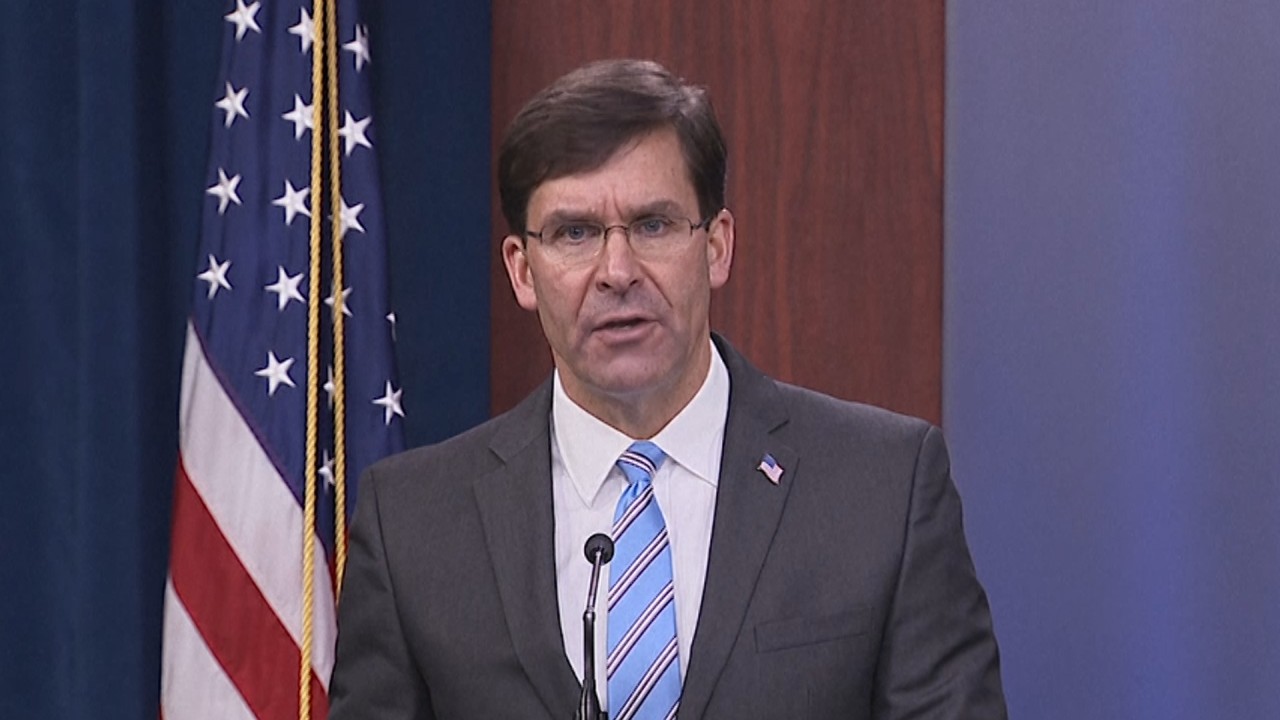
Operation Bashi Channel: the next flashpoint in the China-US military rivalry
- Both militaries have made their presence felt in the busy waterway south of Taiwan
- In the absence of direct communication, the PLA and the US are using missions in the area to send a message
On Friday, the United States made it 13.
The People’s Liberation Army has also been busy in the area
It was yet another rattling of sabres by both sides in the busy waterway that skirts the island, turning the area into a flashpoint in a growing strategic rivalry.
According to the South China Sea Probing Initiative, a think tank affiliated with Peking University, the US sent six large reconnaissance aircraft and two refuelling tankers on Friday’s mission.
The think tank said the aircraft started the mission over waters near the Bashi Channel around midnight Thursday.
The Bashi Channel is a waterway between the Philippines’ Y’Ami Island and Taiwan’s Orchid Island, and has become an important passage for military operations by the US and China.
During the mission, the aircraft were reportedly scouring the channel for signs of PLA Navy submarine activity. The aircraft were in the area ahead of US strike groups that were to enter the Bashi Channel for exercises in the Philippine Sea.
The USS Ronald Reagan, the USS Nimitz and four other warships are holding large-scale exercises in the Philippine Sea which is next to the South China Sea.
“The Nimitz and Ronald Reagan Carrier Strike Groups are conducting dual carrier operations in the Philippine Sea. The ships and aircraft assigned to both strike groups began coordinated operations in international waters on June 28,” the US Indo-Pacific Command said.
A third aircraft carrier, the USS Theodore Roosevelt, was also reportedly in the area.
On June 28, the day those operations began, Chinese English-language newspaper China Daily posted photos online of Chinese J-15 fighter jets making their debut take-off and landing training on the Shandong – the country’s first domestically built aircraft carrier.
The photos were reportedly from sea trials of the Shandong but it was not clear if they were trials conducted in the northern part of the Yellow Sea in May.
But there have been signs of more recent activity in the region by the People’s Liberation Army.
In addition to the PLA warplane flights last month, a PLA submarine was also reported by the Japanese defence ministry to have sailed underwater near Japan towards the South China Sea – possibly by way of the Bashi Channel – in what a Japan Self-Defence Force source said could be “testing Japanese and US anti-submarine warfare capabilities”.
“The move prompted the US to send a flurry of military planes and vessels to hunt for the submarine while practising their containment operation capabilities,” said Su Tzu-yun, a research fellow at the Institute for National Defence and Security Research, a think tank affiliated with the Taiwanese military.
Days later, three PLA warships, including a guided-missile destroyer, were reported to have passed by the Japanese waters.

00:56
US says China behaving aggressively in South China Sea amid coronavirus ‘disinformation campaign’
Military specialists said that both the US and Beijing were putting on an unusually strong show of force in the area but their flexing of military muscle was different.
Alexander Huang Chieh-cheng, a professor of strategic studies and international relations at Tamkang University in Taipei, said that while the US was maintaining its “forward presence” – a practice of establishing an enduring military presence in a foreign country as a means of projecting force and furthering national interests – the PLA tried to show its strength in “area denial”, a strategy to prevent an adversary from occupying or traversing an area of land, sea or air.
“Both the US and the People’s Republic of China are stepping up their presence in the region as their strategic competition intensifies, if not escalates,” Huang said.
He said the US could, if needed, rotate and maintain a strong naval and air force presence in the region.
“However, it would be a significant challenge if the US does that in a constant and prolonged period of time,” he said.
Huang said the US and China were resorting to the missions in the absence of direct channels for sending a message, using them as a form of “strategic communication” which also included public statements and legislation.
It could also be an attempt at familiarisation of the region in case of a conflict in the area, he said.
Caught between the two superpowers, the government of President Tsai Ing-wen should refrain from making any move deemed provocative by the mainland, Huang said, referring to Tsai’s policy of maintaining close ties with the US which has angered Beijing.
“The Tsai government must stay low and dodge the crossfire and be tougher and realistic in training its active and reserve forces,” Huang said.

